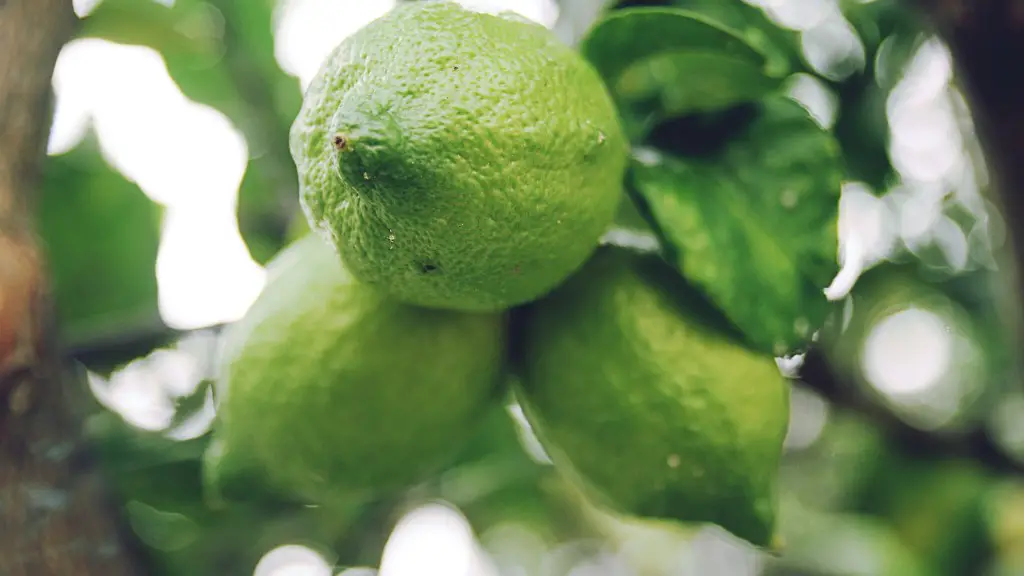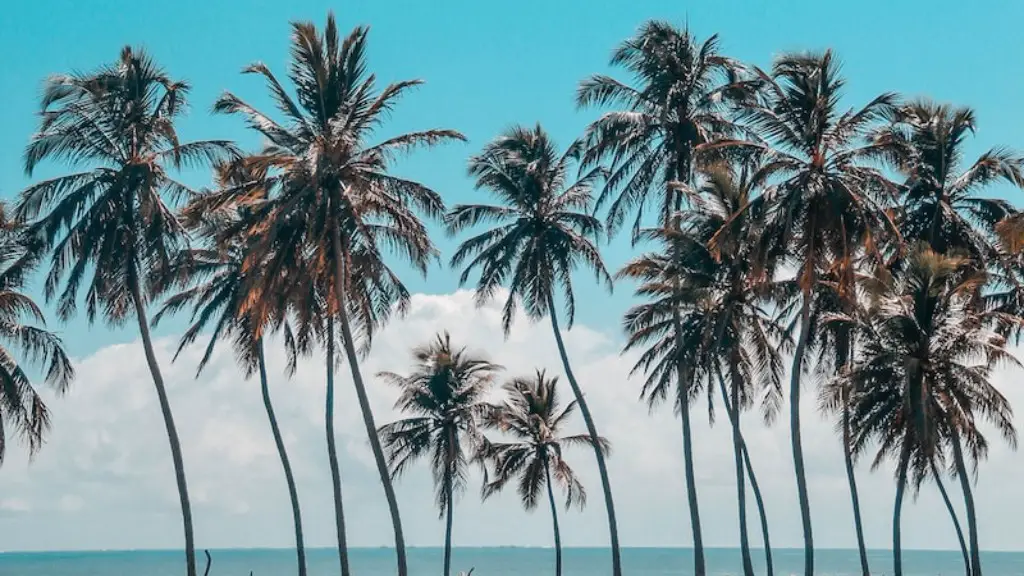Can you grow a meyer lemon tree in a pot? The answer is yes, with the right pot size, type of soil, fertilizer, lighting, and adequate water and humidity. Meyer lemon trees are a great way to bring a bit of sunshine into your home and make a great container garden addition.
For the pot selection, it is important to get a container with a capacity for at least 7-15 gallons. Choose a pot that has adequate drainage holes, as well as one that is wide enough for the roots to have plenty of space for growth. Clay pots are great for Meyer lemon trees, as they naturally absorb excess moisture and heat from the sun, preventing root rot.
It is also important that you use a soil that is loose and well-draining. The soil should also contain organic matter, such as peat moss or coco coir. Failing to provide adequate drainage in the soil can lead to waterlogging and root rot. You should also consider providing a layer of gravel, rock, or pebbles over the drainage hole before the soil is added to promote good airflow.
For fertilizing your Meyer lemon tree, it is best to use an organic fertilizer such as compost or fish emulsion. You should fertilize your tree every two to four weeks during the growing season, which is typically spring through summer. During the fall and winter months, you should refrain from fertilizing your tree, as the cooler temperatures will prevent it from absorbing the nutrients.
Light is also an important factor for your Meyer lemon tree. Citrus trees love bright, direct sunlight. The best way to get this is to move your pot outside during the warmer months, but make sure it is placed in a sheltered spot, like a patio or balcony. If you’re keeping your Meyer lemon tree indoors, make sure to place it in a well-lit area and consider giving it some supplemental light if needed.
Additionally, it is important to ensure your tree is receiving adequate water and humidity. Meyer lemon trees like it when the soil is kept consistently moist, but not soggy. During the hot summer months, you may need to water your tree once daily or every few days. You should also supplement humidity by misting your tree regularly or using a humidity tray. Regular pruning is also important for maintaining the size and shape of your Meyer lemon tree.
Temperature Requirements
Temperature is another key factor that affects the growth of a Meyer lemon tree when grown in a pot. These trees will not tolerate temperatures below 20°F and should be brought indoors in an unheated room if temperatures become too cold. When temperatures are above 60°F, Meyer lemon trees can be moved outdoors, but make sure to protect them from wind and direct sunlight if temperatures exceed 75°F.
Pollinating and Harvesting
When a Meyer lemon tree is grown in a pot, it may not require pollination for the flowers and fruit to form. However, if bees, butterflies, or other pollinators are available, you can use a small paintbrush to help pollinate any flowers on your tree. When the fruit has reached maturity, it will appear slightly bigger and turn a golden yellow color.
Pests and Diseases
Meyer lemon trees unfortunately suffer from many of the same ailments as regular citrus trees. Common pests to watch out for include aphids, mealybugs, whitefly, and scale insects. Additionally, Meyer lemon trees can suffer from bacterial and fungal infections, such as citrus canker, anthracnose, and gummosis. If any of these pests or diseases appear, it is important to take appropriate action quickly to prevent the spread of infection.
Fertilizing and Pruning
Fertilizing your Meyer lemon tree every two to four weeks during the growing season is important to ensure it is getting the nutrients it needs. Use an organic fertilizer such as compost or fish emulsion. Pruning is also important to maintain the size and shape of your tree. Always prune the dead, diseased, or damaged branches, as well as any branches that are growing inward or are otherwise misshapen.
Winter Care
When the cold weather arrives, you should move your Meyer lemon tree closer to an external heat source, such as a window or patio door. Additionally, you should refrain from fertilizing your tree during the winter months and watch for signs of frost. If it does frost, you can place a blanket or other cover over your tree to help trap in the heat.


